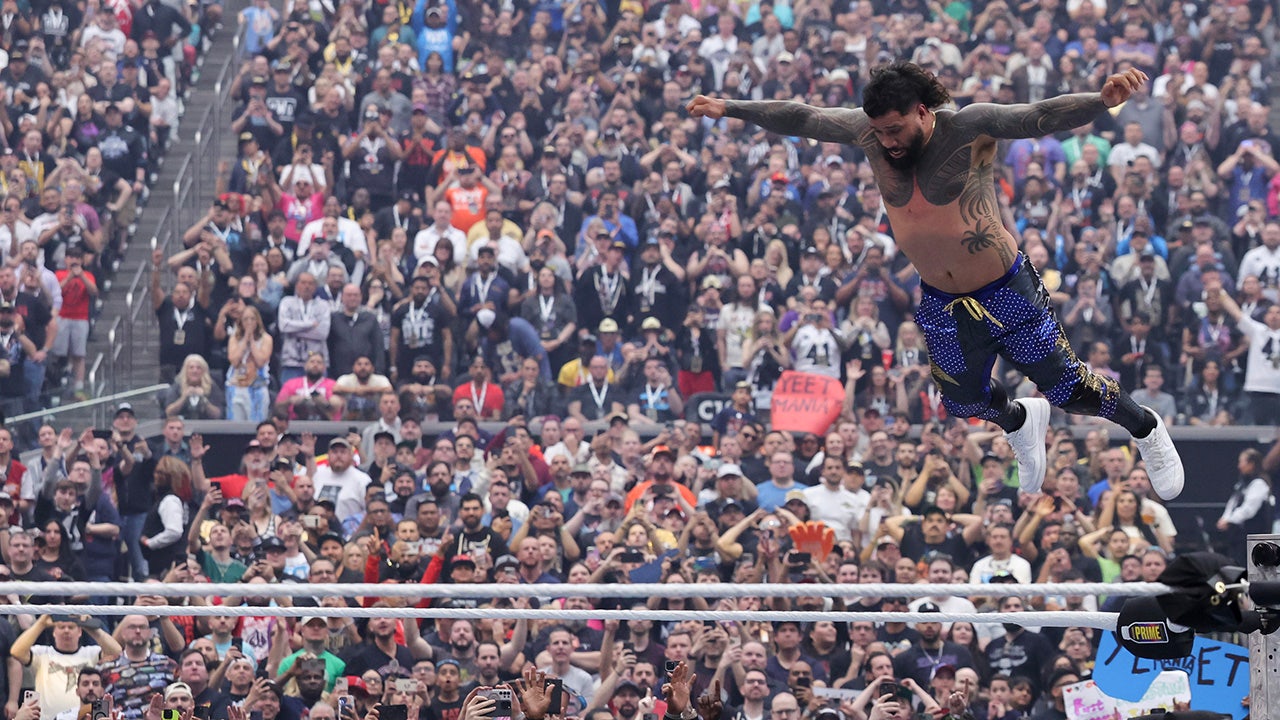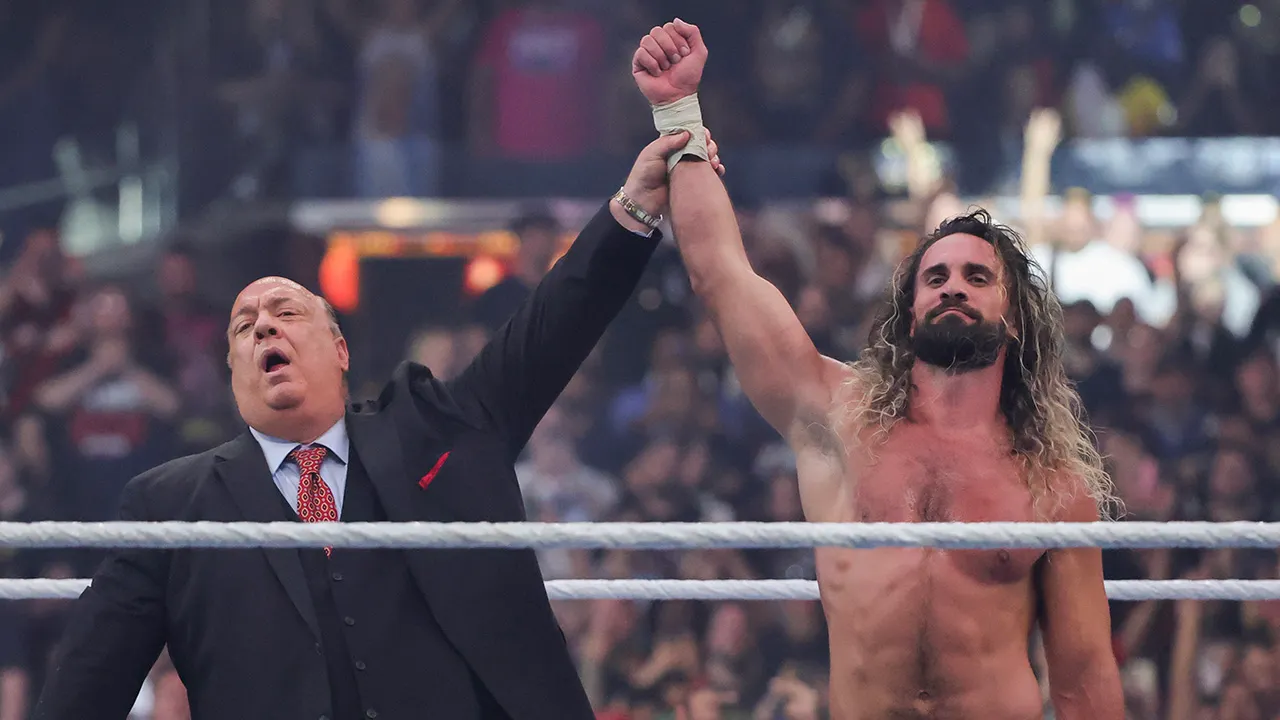Don’t look now, but Edmonton Oilers defenseman Evan Bouchard has four goals in his last two playoff games — and, again, he’s a defenseman.
If he gets the opportunity to shoot from the high slot, good luck to anyone trying to stand in his way. The “Bouch Bomb” is no joke. He was in the 98th percentile in average shot speed and the 94th in top shot speed in the 2024-25 regular season.
As impressive as that is, no amount of offense will silence his critics, who focus on his tendency to let too much slide in the defensive zone. They also point out that everyone’s stats are inflated when skating alongside generational superstars such as Connor McDavid and Leon Draisaitl (remember, Pat Maroon was nearly a 30-goal scorer when he flanked those guys).
Bouchard is often in the right place at the right time, which factored into his league-best 39 secondary assists among defensemen this season. But when it comes to making plays himself, he was in an 11-way tie for 33rd, as characterized by just 14 primary assists.
Utah Hockey Club defenseman Michael Kesselring, who was drafted by the Oilers the same year as Bouchard, wonders if he’d be in a similar situation had the circumstances been a little different.
“I actually think there are a lot of similarities — I think maybe not to quite the high, high-level offense he brings, but I’m hoping I can get to (become) a player like that," Kesselring said in an early-April interview. “(I’m) maybe a little bit more physical and harder to play against, but that’s actually a guy I really enjoy watching and I like his game a lot.”
Kesselring was part of the return in a trade that sent Nick Bjugstad from the Arizona Coyotes to the Oilers ahead of the 2023 trade deadline. While the less established roster gave him an earlier opportunity to play NHL games, it stripped him of the potential future chance to play alongside McDavid and Draisaitl — a position where his skillset might have put him in a similar spot as Bouchard.
Over parts of three seasons with the Arizona/Utah group, Kesselring has proven himself as an offensive threat — like Bouchard, but on a much smaller scale. And, like Bouchard, he’d get a lot more respect both internally and around the league if he were a little more apt in the defensive zone.
Kesselring’s shot isn’t patented with a nickname the way Bouchard’s is, but it’s equally dangerous. Per data from NHL Edge, Kesselring’s top shot speed was five miles per hour faster than Bouchard’s, though Bouchard had a five-mile-per-hour edge in terms of average shot speed.
Both players were near the top of the league’s percentiles in both categories this season.
Bouchard scored twice as many goals as Kesselring this year, but there’s an argument to be made that with the same opportunity, Kesselring’s stats would be similar. Bouchard played 500 minutes more, and, as mentioned, many of them were on the power play alongside two of the best players of this generation.
It all comes down to opportunity.
“He was a really good player in junior and stuff, so he earned that early opportunity — I had to work for it a little bit more," Kesselring explained.
Every top-10 pick, with few exceptions, gets ample chances to prove himself in the NHL. Sixth-rounders like Kesselring have to scratch and claw for even an AHL shot, and when they get there it’s a constant battle to prove that that’s where they belong.
For an offensively minded defenseman like Kesselring, it’s hard to earn a coach’s trust.
”It’s tough when you’re not playing a lot," he said. “You try to make one play and then (if) it doesn’t go good, you might not play, so it’s been a little bit harder to roam like I was at the start of the year.”
“I’ve talked to (head coach André Tourigny) a lot, just about being better defensively all the time. I think one-on-one, defensively, I’m really good. I’m not going to get beat too often — I’m big and I can skate, but just maybe in coverage, not getting beat back door, boxing out — little things like that to keep gaining trust."
Part of Kesselring’s struggle is figuring out how to make an impact, even when his minutes are limited.
“I think with the less minutes, it’s been hard to be focused defensively every game because I’m trying to push to make something happen, but it’s a good thing to go through to keep learning and become mentally stronger and just a better overall hockey player.”
He added that he’s been learning from the veteran defensemen how to impact the game on both sides of the puck, even when he’s not playing as much as he’d like. So far, it’s working: He was tied for 61st in points scored by defensemen this year while averaging less minutes per game than all but two of the players ahead of him.
Kesselring will get a chance to show his stuff on a larger scale this spring at the IIHF World Championship. It’s his second consecutive year playing for Team USA at the tournament. The first time, he played big minutes with Columbus Blue Jackets star Zach Werenski, from whom he said he learned a lot.
He’ll spend the rest of the offseason working on specific things in order to come back better next year.
“I think I showed a little glimpse of what I can do, and I’m only 25,” he said. “I think I’m still going to get better. I’ve worked hard in the summers and I’m looking to keep building on that and building on this experience, going through this mentally and keep learning.”
.png)
 German (DE)
German (DE)  English (US)
English (US)  Spanish (ES)
Spanish (ES)  French (FR)
French (FR)  Hindi (IN)
Hindi (IN)  Italian (IT)
Italian (IT)  Russian (RU)
Russian (RU) 







Comments